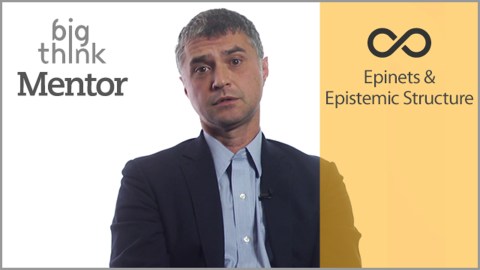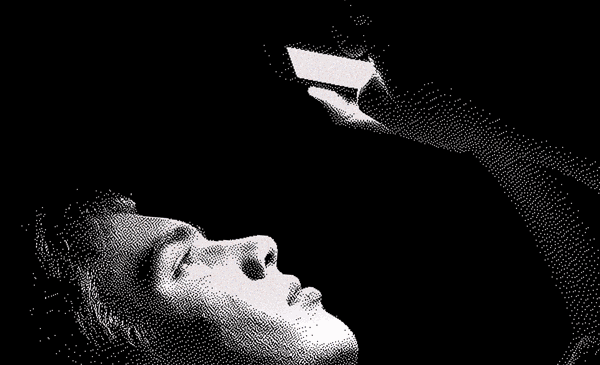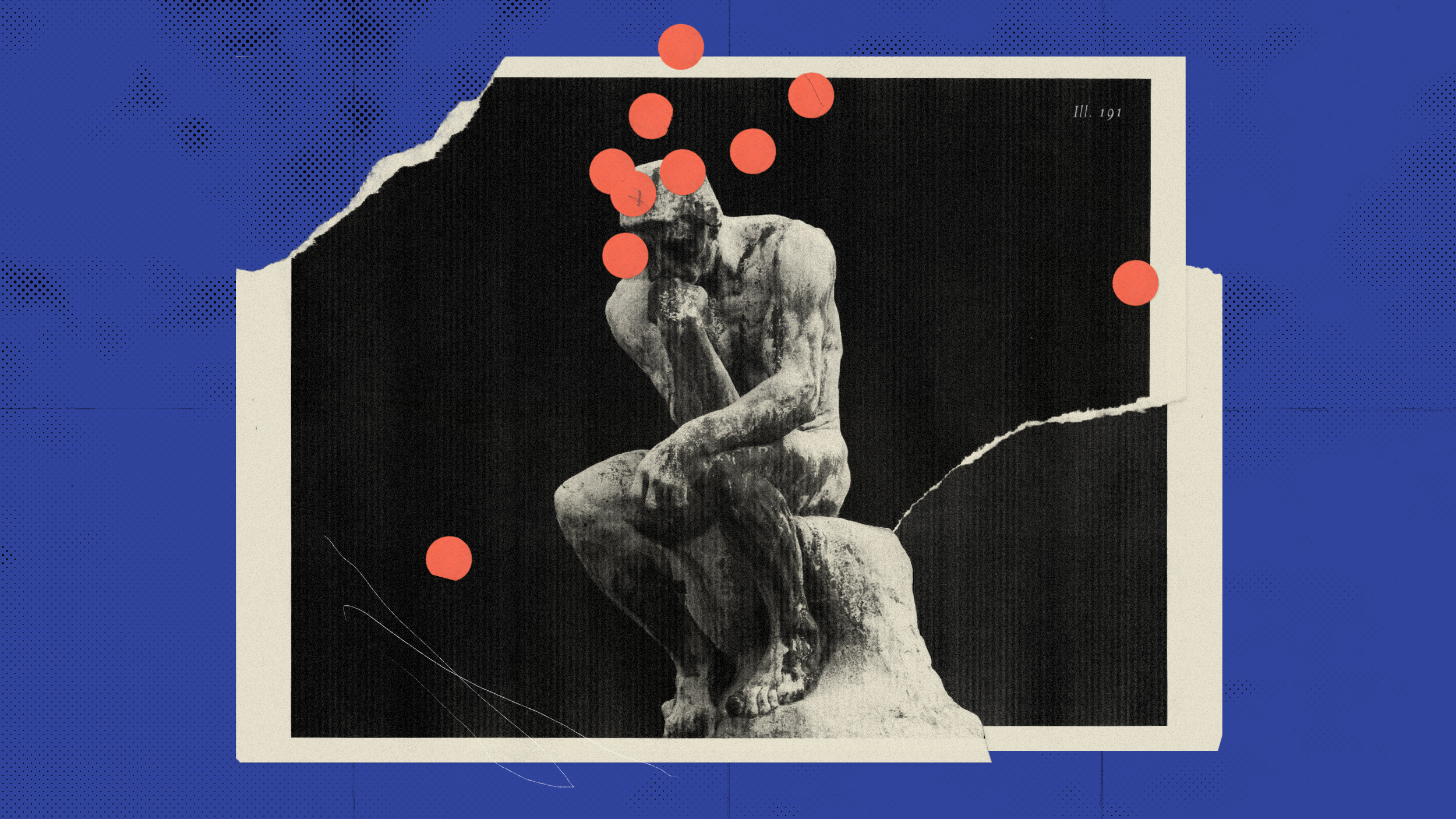How to Create Maps of Human Interaction, with Mihnea Moldoveanu

If you’re in the business of analyzing social networks, it’s vital to establish strategies for mapping human interaction. It’s also vital to remember that human interactions are dependent on knowledge and beliefs shared between individuals. How and what people think about each other creates a navigable web of ideas rich with information. Thus, any social diagram that excludes epistemic data will only tell half the story.
This is why Mihnea Moldoveanu utilizes epinets to map interpersonal relationships and beliefs. Moldoveanu, Professor and Associate Dean at Rotman School of Management, knows that analyzing the fabric and behavior of social networks requires an understanding of unspoken information. His latest book is Epinets: The Epistemic Structure and Dynamics of Social Networks, co-authored with Joel Baum.
In a Big Think Mentor Workshop, Moldoveanu introduces us to the concept and structure of epinets. He explains how they relay details about individuals and what they think about what others think. The epinet below portrays a situation where Bob thinks that Paul thinks that today is Friday.

As you can see, Bob and Paul are connected within a web of ideas by a single strand leading to the proposition “Today is Friday.” Epinets are capable of telling stories based on interpersonal assumptions.
Here is a complication:

This epinet shows us that Bob thinks that Paul thinks that Bob thinks today is Friday. As you can see, the slightly more complicated web portrays not just a map of beliefs but evokes an entire situation. This is the core of why epinets are valuable. They allow us to diagram and analyze snapshots of interactions in which what people think about each other affects the stakes. Take for example:

This epinet maps a complicated, interpersonally acute situation featuring relatively high stakes. Jon believes Frank would make a lousy president, but for whatever reason he wants to persuade Julie that he thinks highly of Frank. Thus, the action: Jon tells Frank, in the presence of Julie, that Frank should run for office. Where most social diagrams would simply link the three individuals, an epinet tells the story of why these people are linked.
In a way, an epinet is a tool that helps explain motives for action based on held beliefs. Moldoveanu explains that every social interaction contains a complex interactive belief hierarchy:
“There are things that I believe that you don’t know about. There are things that you believe that I don’t know about. There are conjectures that you have about what I think, which I am oblivious of because I can’t even imagine some of them. And there are things that I can conjecture about you which you may be oblivious of.”
When creating epinets with the aim of problem-solving, it’s vital to be as precise as possible when diagraming the depth of beliefs and assumptions. If you’re mapping an interaction between you and a co-worker, for example, accurate representations of thought will help boost your working relationship:
“If I think more carefully about what you think and what you think I think and what you think I think you think, then it makes me more likely to respond to your concerns. It makes me more likely to address problems, issues and complaints that you might have. It makes us more likely to be able to coordinate our actions successfully. It makes us more able to co-mobilize in order to do something that’s important to both of us.”
Sign up for a free trial on Big Think Mentor and watch a preview of Moldoveanu’s Workshop here:





